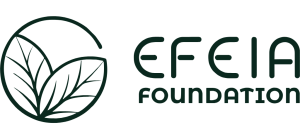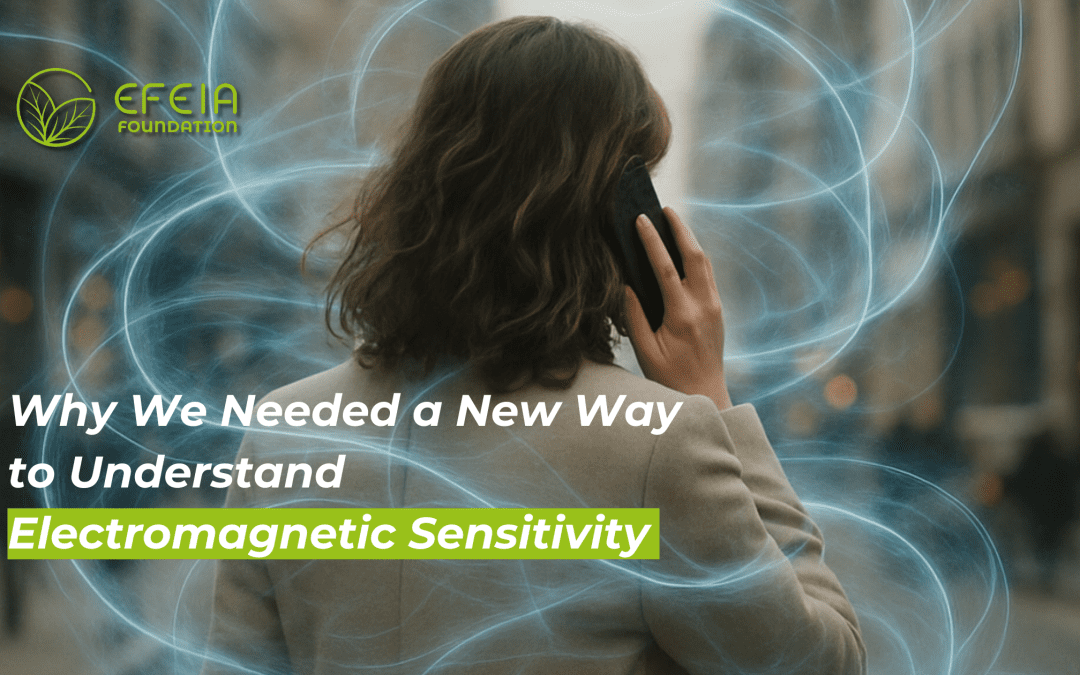Discomfort related to electromagnetic exposure is real. But it is also often ambiguous, difficult to express, and even harder to evaluate responsibly. The result is a troubling gap: individuals experience something they cannot easily name, and professionals are left without the methodological clarity to respond appropriately.
In many settings, those affected by EMF exposure are caught between two reductive poles. On one end, dismissal—symptoms deemed psychosomatic or irrelevant. On the other, overmedicalization—where every discomfort becomes evidence of pathology. Neither approach serves the person. And neither equips professionals to act with rigor.
At EFEIA, we believe there is a third path: structured discernment.
We don’t need to exaggerate. And we don’t need to deny. But we do need to observe better, ask more precisely, and act with clear methodology.
When Evaluation Lacks Structure, Experience Loses Meaning
Until now, much of the field has relied on isolated symptom lists, intuitive observations, and interpretive assumptions. In some cases, professionals apply generic wellness tools. In others, individuals self-report long lists of symptoms with no common framework to organize them.
This fragmented approach creates four persistent problems:
- Symptoms are recorded, but not contextualized.
- There are no clear criteria to determine whether and when to intervene.
- Professionals lack a shared language and sequence.
- Individuals feel unrecognized or, worse, mischaracterized.
What’s missing is not information—it’s structure.
What Was Needed: A Framework That Can Hold Complexity
Electromagnetic sensitivity, and the broader spectrum of EMF-related responses, is not a binary condition. It is not either/or. It exists within a network of biological, perceptual, environmental, and technological interactions.
To make sense of this complexity, we needed a framework that could distinguish:
- Habits and environmental exposures
- Somatic symptoms and symbolic responses
- Contextual signals and functional impact
We also needed a method that could scale—from light-touch orientation to in-depth evaluation—without compromising precision.
And above all, we needed to ensure that the process remained both observational and non-pathologizing. Our goal was never to produce a diagnosis, but to create an informed path through uncertainty.
Building on Proven Foundations
The new EFEIA Protocol represents the structured advancement of assessment work that began in 2021 with the original EFEIA Electrosensitivity Assessment Protocol. This earlier model, anchored by the Questionnaire on the 29 Common Symptoms of Electrosensitivity, was developed and refined during the NOXTAK® pilot project in Aruba—a seven-year continuous implementation that provided substantial real-world validation.
That foundational work established crucial connections between subjective discomfort and observable environmental patterns. It demonstrated that systematic symptom collection, when properly contextualized, could identify meaningful correlations between electromagnetic exposure and individual responses.
The current protocol builds upon this clinically validated foundation through ongoing contributions from a multidisciplinary team of licensed consultants and field professionals. Their empirical evidence, case studies, and practical insights have shaped what is now a more methodologically rigorous and scalable approach.
This is not a reinvention but a maturation of tools that have already proven effective in practice.
A Refined, Phase-Based Protocol
The updated EFEIA Evaluation Protocol introduces a two-phase structure with five distinct questionnaires and a structured, professional-use checklist that bridges reported symptoms with observed context.
Building on years of field application, it’s not simply more comprehensive—it’s more deliberate.
Phase 1: Initial Mapping
The first phase centers on gathering foundational information. It does not seek to classify, but to orient.
- Questionnaire A focuses on everyday technological habits and cross-sensitivities.
- Questionnaire B collects commonly reported symptoms that may indicate electromagnetic discomfort.
- Questionnaire C explores the impact of EM exposure on sleep quality and rhythm.
Together, these three instruments offer a preliminary understanding of how the individual navigates their environment and what discomforts are present.
But at this stage, no assumptions are made. The protocol remains open-ended by design.
Checklist: From Self-Report to Environmental Observation
Between phases, the licensed EFEIA consultant applies a structured checklist designed to document risk factors, exposure sources, and patterns in the person’s physical and behavioral context. This checklist is not about what the person feels—it’s about what can be observed and verified.
This is where clinical intuition meets environmental literacy.
The checklist serves as a filter and fulcrum: If the reported experiences appear consistent, and no deeper response is suspected, the evaluation may conclude here. If the data reveals contradictions, elevated risk, or potential functional impairment, the process advances to Phase 2.
Phase 2: Deeper Functional and Perceptual Analysis
The second phase is reserved for cases where electromagnetic sensitivity may be impacting daily function, decision-making, or well-being. It contains two instruments:
- Questionnaire D investigates how the individual perceives, interprets, and emotionally relates to their electromagnetic surroundings.
- Questionnaire E evaluates how EM-related discomfort may be interfering with daily functioning—attention, sleep, mobility, productivity, and emotional regulation.
This phase does not attempt to label. It refines understanding. It differentiates types of profiles: symbolic, functional, mixed, or acute.
A Protocol Built for Real-World Application
One of the strengths of the restructured protocol is its scalability. It can be applied by licensed EFEIA consultants in educational contexts, clinical settings, coaching environments, or within institutional assessments where EM hygiene is a concern. Its structure supports both preventive exploration and more advanced cases of EMF-related stress.
The protocol is exclusively administered by certified EFEIA professionals who have completed specialized training in electromagnetic health evaluation. This ensures consistent application and maintains the methodological rigor essential for reliable results—building on the professional expertise developed over years of field work.
It is also built to protect professional standards. By offering clear checkpoints and observational anchors, it reduces the risk of overreach, misinterpretation, or unsupported conclusions.
And importantly, it invites individuals to be part of the process—not passive subjects, but participants in understanding their environment and experience more clearly.
What Comes Next
The updated protocol will be available publicly on our website, administered exclusively through licensed EFEIA consultants. Training pathways for professional certification and implementation guidance will accompany the launch.
This refinement doesn’t just improve the protocol—it strengthens the field. It sets a standard that values clarity over assumptions, sequence over speculation, and human experience over generic labels.
At EFEIA, we believe that environments matter. And that those who are sensitive to them deserve methods that are intelligent, structured, and grounded in care.
This represents meaningful progress—not just for EFEIA, but for how we understand electromagnetic sensitivity globally. The conversation around electromagnetic health is changing, and we invite qualified practitioners to be part of shaping its future.

